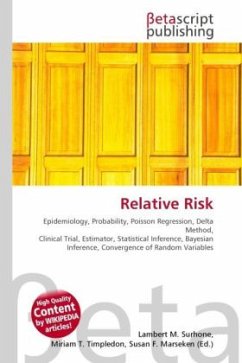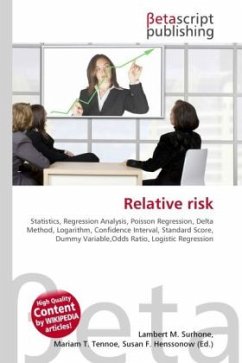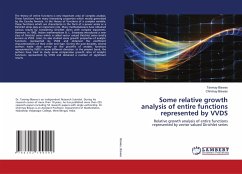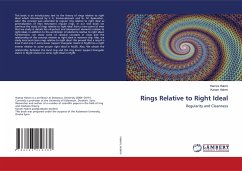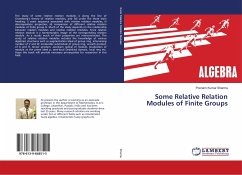High Quality Content by WIKIPEDIA articles! In statistics and mathematical epidemiology, relative risk (RR) is the risk of an event (or of developing a disease) relative to exposure. Relative risk is a ratio of the probability of the event occurring in the exposed group versus a non-exposed group.[1] RR= frac {p_text{exposed}}{p_text{non-exposed}} Consider an example where the probability of developing lung cancer among smokers was 20% and among non-smokers 1%. This situation is expressed in the 2 × 2 table to the right. Risk Disease status Present Absent Smk a b Non-smk c d Here, a = 20(%), b = 80, c = 1, and d = 99. Then the relative risk of cancer associated with smoking would be RR=frac {a/(a+b)}{c/(c+d)} = frac {20/100}{1/100} = 20. Smokers would be twenty times as likely as non-smokers to develop lung cancer.
